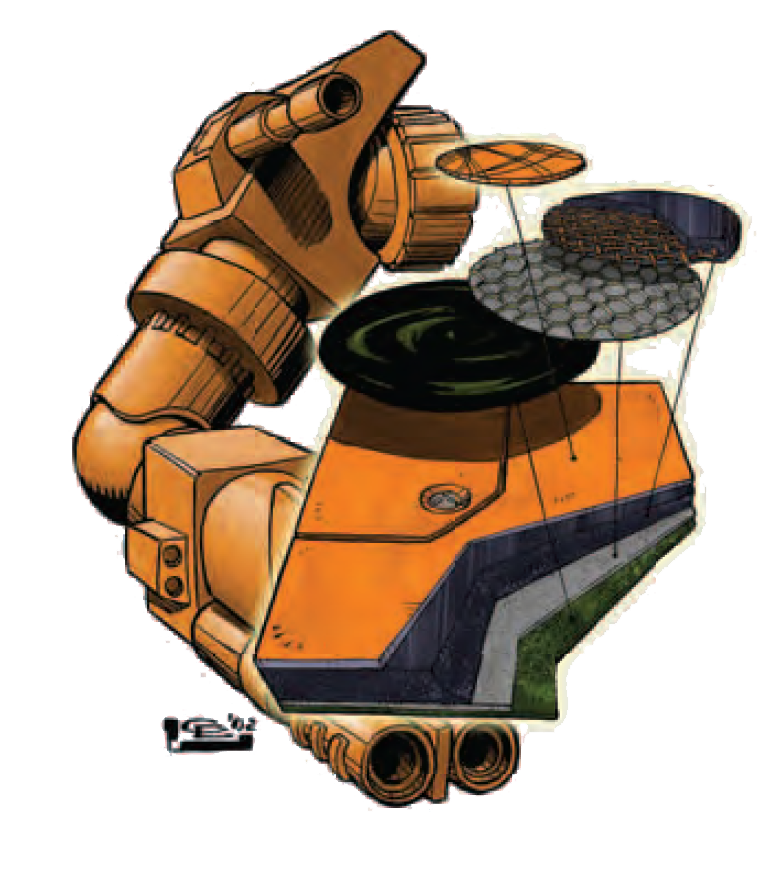 Wecx, on 09 October 2016 - 02:53 PM, said:
Wecx, on 09 October 2016 - 02:53 PM, said:
Yeah, i meant a proxy fuse, but it is the proxy fuse that takes out helicopters, it has nothing to do with velocity, we use a laser and tons of sensors to predict the speed of the target, windspeed, distance, etc to hit the target. we even have a sensor that measures the tempature outside. You can see the cross-wind sensor on the back of the M1A1 if you looks really hard. Velocity doesn't really matter, the round could be slower and it would still hit because our sensors predict exactly where the gun needs to be to hit.
Also the laser is pretty cool i am not proud to say i have blinded birds with it before.
In fact this is really noticeable because when we aim at targets the main gun will actually lead the target automatically even though the optic is dead on the target.
No your wrong the APFSDS does not mushroom, it self sharpens during flight time and you can see it with slow motion camera. Never have i seen an APFSDS mushroom, it is always super sharp when it hits the target.
No FCS system, to date, will ever be able to perfectly predict the flight path of anything. Dumb rounds just can't do anything about a target that simply moves from their predicted path, something helicopters in particular are very good at. That's why AAA systems went from guns to SAM's, because the missile can actively change course to track an evading target. Thus why, despite the accuracy of the FCS on the M1's, the M830A1 still has a proxy fuse. And a higher velocity equals a higher hit chance, especially VS moving targets.
As well, you can argue against the science all you want, but the terminal ballistics of APFSDS rounds is pretty cut and dry. As the round impacts, the tip deforms and "mushrooms" as it penetrates in to the target, carried by its momentum. After a certain point however, the adiabatic shear band formation causes the sides of the mushroom to shear off, and it retains its conical form. At no point however does the pointed tip reform during this process, though the flechette itself does get thinner as material is sheared from it. Since the flechette gets thinner, it retains higher penetration for longer, which I suppose leads to the misconception of the "self-sharpening tip".
That said, if you're trying to argue that APFSDS "self-sharpens" in flight... APFSDS rounds lose their sabot petals after leaving the barrel, yes, but that's all that happens to the round prior to impact. There's no sharpening, or shearing, nor deformation of the flechette in flight. At all. Ever. And if your flechette did do any of those things in flight, you had a faulty round.
 Anjian, on 09 October 2016 - 04:48 PM, said:
Anjian, on 09 October 2016 - 04:48 PM, said:
Really where does it say its a 100kg projectile?
The weapon weighs 15 tons alone, which is pretty inefficient. A 120mm tank gun weighs about a ton.
What makes you think it would go through a tank? Assuming it would reach a modern tank, since a modern tank cannon is hitting the mech at distances much greater.
Furthermore there is a huge problem with gauss weapons --- the shell or solid metal slug needs to be ferro magnetic, and nickel iron itself isn't as hard as alloy steel or what you have as tank armor. If the projectile composition is softer and less dense than the target --- it BREAKS UP on impact.
Tank rounds are created with materials harder and denser than steel, such as Tungsten alloys or Depleted Uranium.
You do know that a Gauss round breaking up on impact is actually a
good thing, right? Especially when the targets use heavily ablative armor designed to absorb titanic amounts of punishment from ridiculously potent space-future weapons.
See, with things like APFSDS, the point is to just punch a hole. You don't have the kinetic energy, nor can you produce the kinetic energy, to actually cause damage to the target otherwise. So you have to suffice with poking holes in stuff. It works, granted, but it's not necessarily the best.
Now magnetic weapons? They go all out. Their entire purpose is to accelerate that ferrous slug up to insane high-mach velocities, for the sole purpose of putting as much kinetic energy behind it as possible. And their kill mechanism? Imparting as much of that kinetic energy as possible in to the target, to catastrophic result. In furtherance of that goal, you want as much surface area as possible when that round connects, to impart as much energy as possible on target.
BUT, going that fast causes a lot of friction, which causes a lot of heat. You know what a nickel-iron alloy is good at? Withstanding heat. Nickel is used in just about every single heat/corrosion resistant alloy known to man. And all that round has to do is NOT disintegrate en-route to the target, before deforming as much as possible to pancake as hard as possible.
So no, a Gauss round wouldn't go
through the tank... It would crush it like an accordion and smash it in to the tank behind it.
Edited by Alek Ituin, 09 October 2016 - 05:34 PM.
 Znail, on 09 October 2016 - 01:39 PM, said:
Znail, on 09 October 2016 - 01:39 PM, said:


































